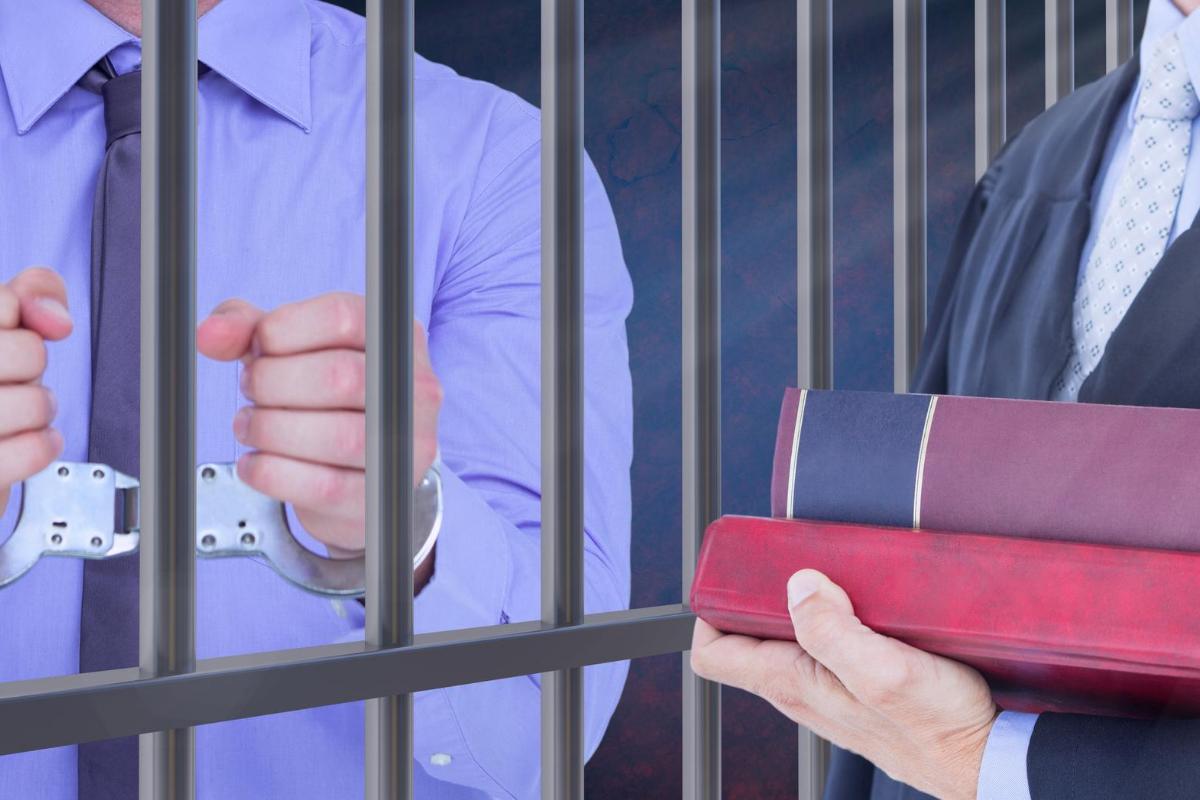


While Mike Snapp Bail Bonds is more likely to work with those charged with state offenses, sometimes those arrested on federal charges need a bail bondsman in Orlando. Under the provisions of the 1966 Bail Reform Act, those held on federal charges are more likely to get out on personal recognizance or unsecured appearance bonds. The federal court accessed if a person was a flight risk, and then the judge considered placing travel restrictions, using a monetary bond, or putting the person in night time incarceration. That law stood until the 1984 Bail Reform Act was passed, allowing more people to bail out of federal facilities.
Once arrested on federal charges, an individual must immediately appear before a federal or state judge or magistrate. The court system has four choices at that time. The person can be released on a personal recognizance bond or an unsecured appearance bond as long as he is willing to submit his DNA. Secondly, the court may set conditions for the individual's release. Third, the court system may order the person detained because he has revoked previous bonds. Finally, If the individual is a threat to society, he can be detained.
The law says that the judge or magistrate must consider four factors before releasing a person on a personal recognizance bond. The first condition is the type of offense that was committed while the second condition is the weight of evidence against the individual. Thirdly, the judge must consider the 'person's character. Finally, the person making the decision must think about the threat to the community that the person poses.
The person determining the conditions for getting out of the federal jail has a choice of 14 different conditions. These conditions include seeking or maintaining a job, seeking educational opportunities, undergoing medical treatment, or obeying a curfew. The person may also be ordered to do certain things, including abstaining from alcohol or firearms. The judge or magistrate has the option of requiring a bail bond or a personally secured appearance agreement.
The judge or magistrate may also order the person held for ten days. This window allows other court systems to come to get an individual who has already been released on bond.
If the judge or magistrate determines that none of the 14 conditions is enough to make sure that the person will appear in court, then they can be detained. People are detained nearly 75 % of all cases. The federal government can ask for some people to be held based on their offense while the judge can hold others because they believe that the risk is too great.
If you are ordered to put up a bail bond, then contact a bail bondsmen in Orlando, like Mike Snapp Bail Bonds. They can help you navigate the complicated system.